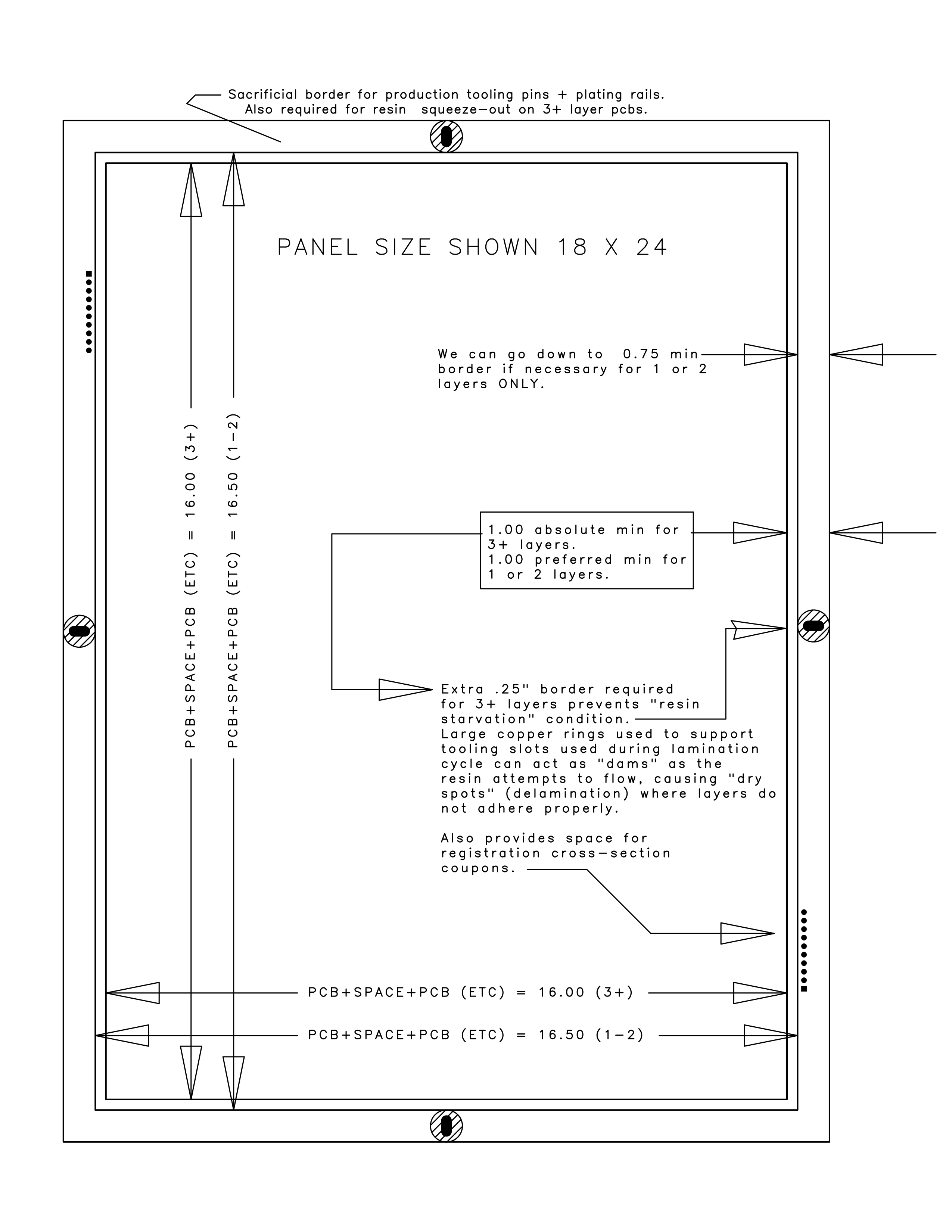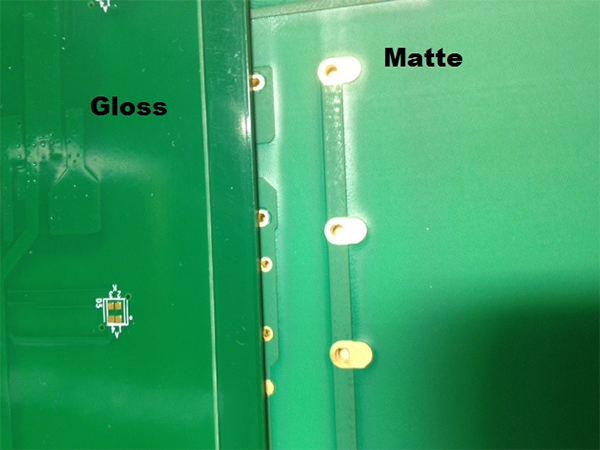There was a time when “Made in China” was synonymous with cheaper, poor quality products. "Buyer beware" was the common theme associated with outsourcing to any Asian PCB manufacturers. So how did Epec approach this challenge and succeed? It was by managing quality through intense auditing, training, and qualification. Epec understood at a very early stage that first-class quality products from Asian manufacturers would require consistent presence, training, and auditing.
Cleanliness of bare circuit boards increases in importance with advances in PCB technology that continue to decrease conductor spacing. Inorganic contamination within printed circuit board fabrication can lead to electrochemical migration. Electrochemical migration is the dissolution and movement of metal ions in presence of electric potential, which results in the growth of dendritic structures between anode and cathode. These dendritic growths, which were minimal over periods of time, were not a concern of "yesterdays" bare boards.
Online quoting tools that offer customers the ability to create their own printed circuit board quotes and place orders online has become quite common in the PCB industry today.InstantPCBQuote from Epec aims to do more than the competitors. Most quoting tools are designed for lower technology parts which don't need much more than the outside dimensions of the board to provide a fast quote.
PCB Laminate Utilization - Part and Panel Size:
In our first post on controlling PCB costs, we detailed many of the common cost drivers people face and ways to avoid them. For part 2 of controlling costs, we are focusing on one example that can cost a lot of dollars: PCB laminate costs and utilization
Printed circuit boards are run through the fabrication process in sheet form, typically with rows and columns of identical circuit boards or sub-panels on a single sheet, which are later cut out for shipment. One of the biggest potential cost adders in PCB manufacturing is that of a poor-yielding PCB or sub-panel. While this is true for even the least complex PCBs, it is especially true for multilayers.
Avoiding Expensive PCB Materials & Processes
Printed circuit boards are only one component of an entire assembly designed to meet the best cost-to-performance ratio possible. The finished product into which the PCB is installed must meet a price point that compares favorably against competing products, so the lower the expenses, the more money your product returns. In order to make the best choices during the design cycle, it is important to first understand what drives the primary costs.
Engineering in most industries, still tends to be primarily dominated by males. When I first entered the field of Printed Circuit Board (PCB) engineering, it was a bit intimidating. This was because the men always outnumbered the women. I felt we were graded on separate standards "Men vs Women".
When creating your optimal circuit board design, one factor that must be considered is the solder mask and whether to go with matte finish solder mask or gloss finish mask for your final product. Usually, most designers don't specify their preference and end up leaving the decision to the PCB fabricator. Most fabricators will likely default to a gloss surface finish, the more popular choice of the two.
When designing PCBs in a multi-up array, most designers choose v-score (also referred to as v score, v cut, or v groove) as the singulation method over traditional rout and breakaway tabs. The benefits of v-scoring pcb range from effortless removal of parts from panel form to realized cost savings with better utilization of panel area. When designing circuit boards in array with v-scoring, there are two areas of concern - the angle of the cut, and the depth of the cut.
With the news of TTM and Viasystems merger, two of the last big three (Sanmina being the third) circuit board manufacturers joining together is certain to have wide ranging effects on the United States Printed Circuit Board industry. To start, each merger of companies this size are priced to include "synergies" between the two companies. The word synergy is code for closing facilities and cutting people to save money to pay for the acquisition.
In order for Epec or any PCB fabrication company to quote your circuit boards accurately and with minimum delays, it's important to supply a complete PCB data file set, using industry-standard file types. Before you look at getting your quote, learn what information you need to supply to ensure a smooth PCB fabrication process.























